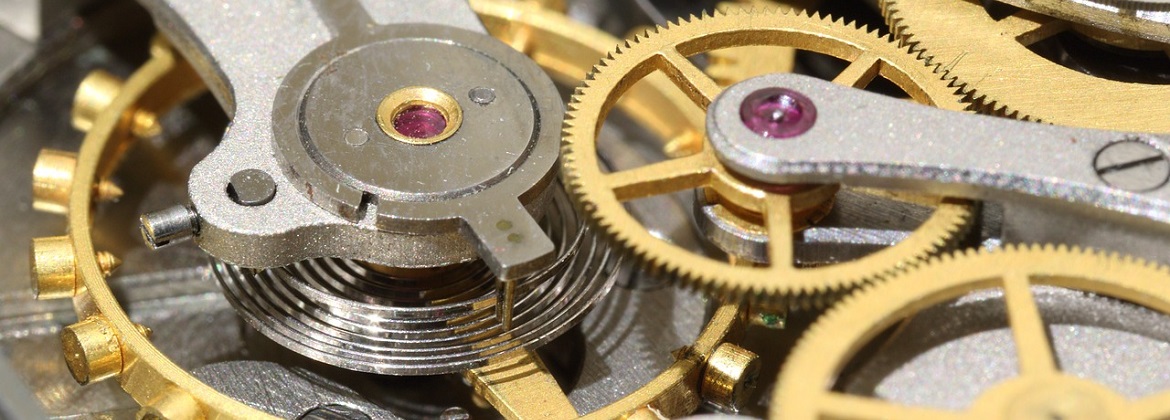

By the end of this course delegates will be able to:
This interactive Training will be highly interactive, with opportunities to advance your opinions and ideas and will include;
Day 1 - Physical Asset Management & Reliability Concepts
From Maintenance Management to Physical Asset Management
Reliability Improvement through Preventive Maintenance
Exercise in Analysing Component Failure Data Using the Weibull Distribution
Dealing with Censored Data, the 3-Parameter Weibull, and the Kolomorgov-Smirnov Test
Day 2 - Preventive Maintenance & Spare Parts Replacements
Reliability Improvement through Preventive Maintenance(continued)
Case Studies in Component Preventive Replacement
Case studies in spares provisioning
Group and individual exercises
Clinic: Hands-On Use of PC Software for Preventive Replacement Strategies
Day 3 - Machine Health Monitoring & Inspection
Reliability Improvement through Inspection
Inspection Frequency and Depth for equipment in continuous operation
Health-Monitoring Procedures
Day 4 - Economics of Reliability
Reliability Improvement through Asset Replacement
Aspects of Discounted Cash Flow Used in Capital Equipment Replacement Analysis
Economic Life of Capital Equipment
Group and individual exercises
Clinic: Hands-On Use of PC Software for Capital Equipment Replacement Analysis
Day 5 - Effective Management of Maintenance Resources & Information
Effective Use of Maintenance Resources
Organizational Structure, Crew Sizes, Workshop Resource Requirements
Case studies including balancing maintenance cost and reliability in an electrical generating station, establishing optimal mix of machines to have in a steel mill maintenance workshop, establishing shift patterns and maintenance crew sizes in a petrochemical plant.
Maintenance Management Information Systems
BTS attendance certificate will be issued to all attendees completing minimum of 80% of the total course duration.
| Code | Date | Venue | Fees | Register |
|---|---|---|---|---|
| MI188-01 | 19-04-2026 | Dubai | USD 5450 | |
| MI188-02 | 14-06-2026 | Cairo | USD 5450 | |
| MI188-03 | 06-09-2026 | Salalah | USD 5450 | |
| MI188-04 | 29-11-2026 | Dubai | USD 5450 |

Maintenance Best Practices are critical for every successful individual and company. Maintenance is a unique business process. To be successfully managed, it requires an approach different from other ...

Not all of the plant facilities and equipment require high reliability; economically some components can be allowed to run to failure and a reasonable level of reliability is acceptable for other comp ...

Major world companies from the process and petrochemical industry have developed their maintenance practices based on the optimization of predictive maintenance management system. This approach works ...
Providing services with a high quality that are satisfying the requirements
Appling the specifications and legalizations to ensure the quality of service.
Best utilization of resources for continually improving the business activities.
BTS keen to selects highly technical instructors based on professional field experience
Since BTS was established, it considered a training partner for world class oil & gas institution
1st floor, Incubator Buildingو Masdar City, Abu Dhabi, UAE
Sun to Fri 09:00 AM to 06:00 PM
Contact Us anytime!
Request Info